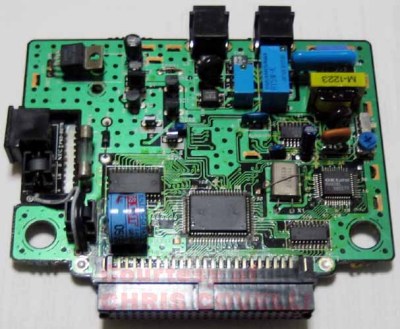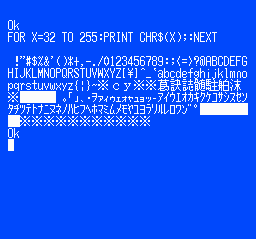There’s something that kills coding speed—iteration time. If you can smash a function key and run your code, then watch it break, tweak, and smash it again—you’re working fast. But if you have to first compile your code, then plug your hardware in, burn it to the board, and so on… you’re wasting a lot of time. It’s that problem that inspired [Larry] to create an embedded system simulator to speed development time for simple projects.
The simulator is intended for emulating Arduino builds on iPhone and Mac hardware. For example, [Larry] shows off a demo on an old iPhone, which is simulating an ESP32 playing a GIF on a small LCD display. The build isn’t intended for timing-delicate stuff, nor anything involving advanced low-level peripherals or sleep routines and the like. For that, you’re better off with real hardware. But if you’re working on something like a user interface for a small embedded display, or just making minor tweaks to some code… you can understand why the the simulator might be a much faster way to work.
For now, [Larry] has kept the project closed source, as he’s found that it wouldn’t reasonably be possible for him to customize it for everyone’s unique hardware and use cases. Still, it’s a great example of how creating your own tools can ease your life as a developer. We’ve seen [Larry]’s great work around here before, like this speedy JPEG decoder library.
Continue reading “Simulating Embedded Development To Reduce Iteration Time”







 removable cartridge, complete with a BASIC interpreter and a collection of graphical editor tools for game creation.
removable cartridge, complete with a BASIC interpreter and a collection of graphical editor tools for game creation. even a map editor. We think inputting BASIC code via a gamepad would get old fast, but it would work a little better for graphical editing.
even a map editor. We think inputting BASIC code via a gamepad would get old fast, but it would work a little better for graphical editing.









